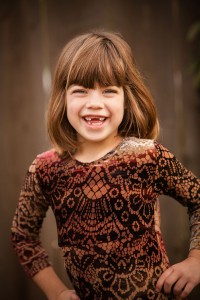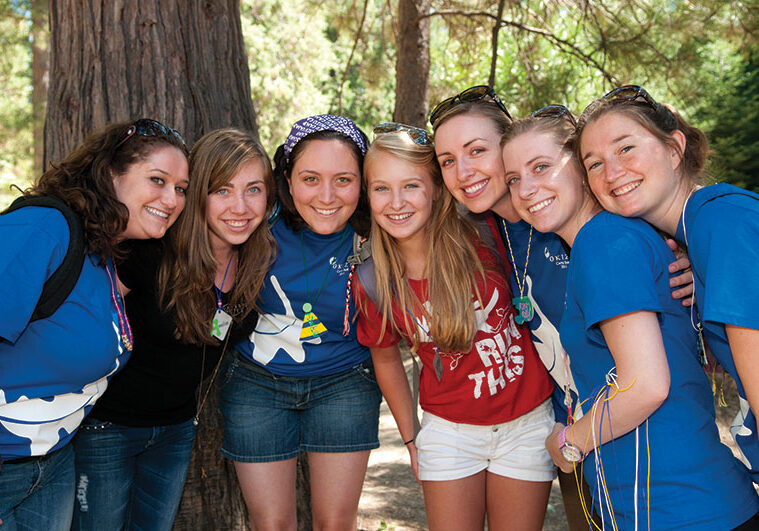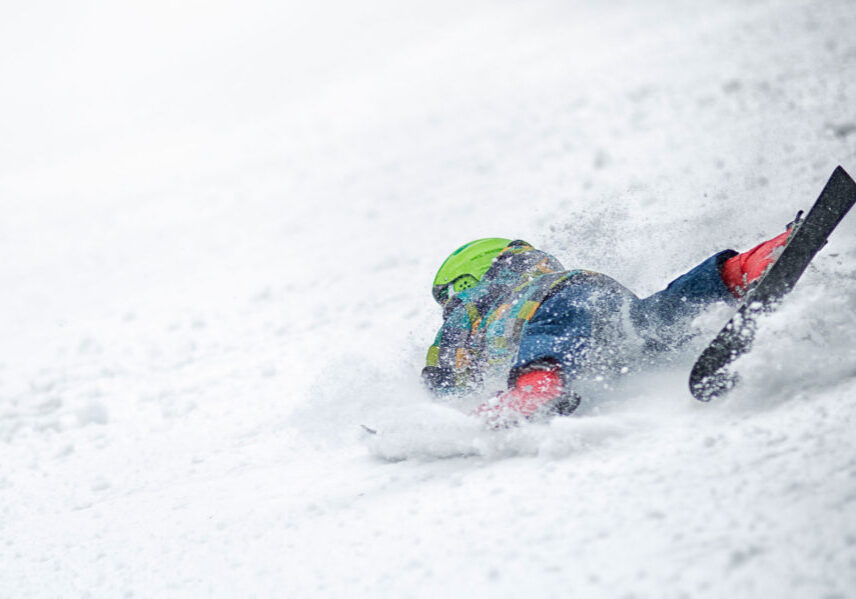 Smile! February is National Children’s Dental Health Month, and we’ve checked with local dentists for tips on helping children go the distance with this year’s “gold medal smile” theme.
Smile! February is National Children’s Dental Health Month, and we’ve checked with local dentists for tips on helping children go the distance with this year’s “gold medal smile” theme.
Get an Early Start
“Baby teeth” play an important role in life-long dental health and are at risk for decay as soon as they first appear, so start your infant off with good oral care. “The American Academy of Pediatric Dentistry recommends a child visit a pediatric dentist when the first tooth erupts and no later than 1 year of age. This establishes a ‘dental home’ for the child where the caregivers will receive advice and guidance on the oral health of their child, in addition to the availability of their pediatric dentist in case of any trauma,” says Erik Roos, DDS, of Chico Pediatric Dentistry
Accentuate the Positive
Think of visiting the dentist as a positive experience – this goes a long way in helping your child feel as comfortable as possible during visits. Try to schedule appointments for a time of day you know your child is typically rested, such as early mornings. Talk with your child about the dentist ahead of time; find children’s storybooks on the topic to read together. Keep yourself upbeat despite personal anxieties or concerns – children are astute at picking up on emotions.
Diet and Dental
“Foods that are damaging to teeth are foods that contain sugars and acids, especially if they remain on the teeth for prolonged periods of time. Energy drinks have been found to be very detrimental to teeth – ten times worse than soda. However, the primary factor in maintaining good dental health is, and always will be, good dental hygiene – brushing and flossing after meals and snacks,” shares Kim Centeno, DDS, of Mt. Shasta.
Lend a Hand
Michelle Borg, DDS, of Chico advises that, “Parents need to brush and floss their child’s teeth until the child has developed the necessary skills.” The American Dental Association recommends that until you’re comfortable that your child can brush on his or her own effectively, continue to brush your child’s teeth twice a day.
What about that toothbrush?
“The best toothbrush to use is a soft bristle, small-head toothbrush where one can easily reach the back molar area and brush each surface of those teeth effectively. Parents are encouraged to check their child’s toothbrush often and replace it when it is worn, which can take place anywhere between two to three months. Bent and frayed bristles will not remove plaque effectively,” explains Dr. Borg.
Floss is Boss
Wondering about making flossing part of your child’s dental care routine? “Flossing should begin as soon as any teeth start touching each other,” advises
Dr. Roos. “This begins usually with the upper front teeth, although every child’s dental development is different. Ideally, flossing should occur every day and preferably at night.” Dr. Borg adds, “Flossing is important to prevent cavities from developing between teeth. Flossing aids such as one-time-use disposable flossers can be used at first, and then as the child’s skills develop, regular floss can be utilized,”
Check North State Parent’s Going Places events calendar to find out about February’s Give Kids A Smile Day events.
Posted in: Health & Nutrition
Comment Policy: All viewpoints are welcome, but comments should remain relevant. Personal attacks, profanity, and aggressive behavior are not allowed. No spam, advertising, or promoting of products/services. Please, only use your real name and limit the amount of links submitted in your comment.
Comments
Leave a Reply
You Might Also Like...

Knowing Your Personality Type Can Help You Be A Better Parent
I am a true believer in finding out our personality type so that we can go through life being more self-aware and appreciate why we approach the world in the […]

Ways To Banish the Winter Blues
The blues can take a parent down any time during the darker months of winter. If you are subject to the holiday blahs, a post-holiday crash, or gloomy moods all […]

Camp Okizu: More Than Just Fun And Games
Camp Okizu expands across 500 acres at Berry Creek, 70 miles north of Sacramento, and embraces thousands of children and families every year. Four lakes, sleeping cabins and shower facilities […]

Seven Habits of Healthy Families Planning Quality Time Together
An important characteristic of healthy families is that they spend time doing enjoyable activities with each other. With the demands of school, work, sports and technology, it’s sometimes hard for […]




NYC Orthodontics says
Great information! Dental care is important. It is never too early to get started. Thanks for sharing.